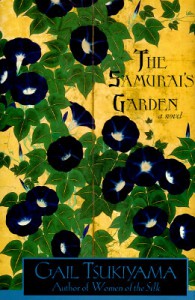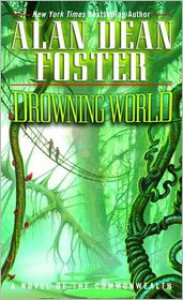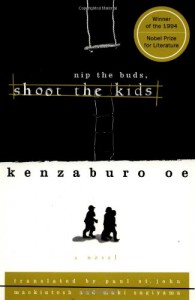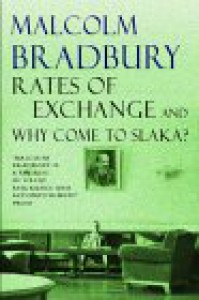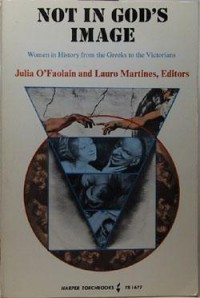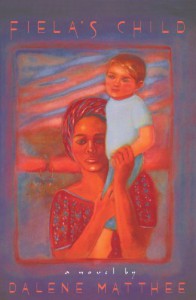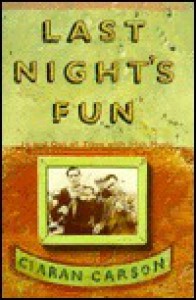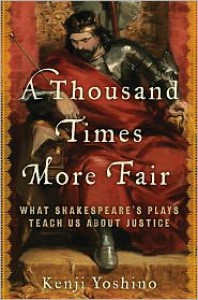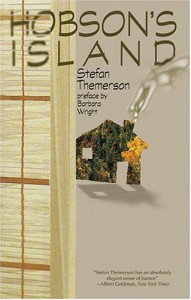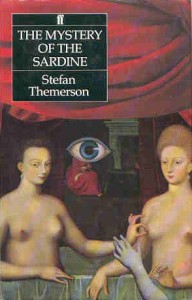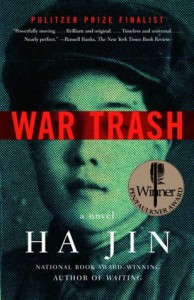

I read through this book in just two days. It was difficult reading at first, because of its harrowing premise (which I will try not to detail, because it's supposed to be a surprise, even though it seemed to me to be stated on the first page); and because its narrator, Kathy, starts out by expressing her support for the system she lives in in an off-putting manner that made it hard to listen to her at first. But Kathy grew on me somewhat, and certainly the storytelling is compelling.
This is an alternate-history version of the 1990s where the development of medical ethics was the opposite of that in the real world. In truth, there has been a steady expansion of care taken toward informed consent by patients, less paternalistic decision making by doctors, inclusion of disabled people in decisions about their lives, recognition that people with conditions like autism should be speaking on their own behalf, and so on and so on. In the world of Never Let Me Go, the donor system is stated to have started in the 1950s -- which was the era of the Tuskeegee experiment and Willowbrook School, so I suppose that if that sort of thing had become more widespread instead of less, we might have ended up in the ethical situation of Ishiguro's society; but he never gives any sense of the wider social context in which such an alternate cultural development could have occurred, so that weakens the story as science fiction somewhat. Madame says, about a pivotal moment, "I saw a new world coming rapidly. More scientific, efficient, yes. More cures for the old sicknesses. Very good. But a harsh, cruel world. And I saw a little girl, her eyes tightly closed, holding to her breast the old kind world..." The old world was not kind: read about the treatment of women and minorities in early 20th century medicine, never mind disabled people, in a manner unthinkable in the 21st century. I can't decide if Madame's society is so awful that this all actually looks good to her by comparison, or if Ishiguro is actually unaware of history and falling prey to good-ol'-days thinking, which would completely negate the science-fictional value of the book, since you can't say anything valuable about a subject you don't understand to begin with.
No matter, though: the depiction of how people actually live in the closed world of Hailsham House, and the moral failures of the people who run it, are as finely drawn as you'd expect from Ishiguro. This is not, primarily, a social novel, far less a revolutionary manifesto, which may account for the author's choice to not depict any donors who seriously struggle against their fate. But really, what he's interested in is exploring everything on a deeply personal level. The personalities of the "guardians" at Hailsham house are sketched; but the three main characters are shown in great detail. Perhaps their acceptance is understandable because of their utter isolation: physically, never been outside Hailsham; psychologically, unable to think outside the course of life plotted out for them. I haven't decided whether I find this plausible.
The core of the novel is the nuances of what unites the donors with one another, and particularly the strained but ultimately firm bond between Kathy, Ruth, and Tommy. Kathy's strength (as well as vulnerability) is her refusal to let go of these companions of her childhood; and in an incomprehensibly hostile world, Ishiguro is saying, such bonds may be the greatest blessing possible.

 1
1


